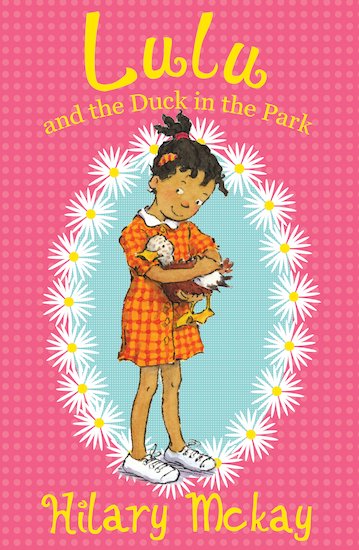Flying the Dragon is a beautifully written story about identity, family, loss, and hope. From the very first page, the words seem to flow effortlessly, painting a picture of Skye’s family, then Hiroshi’s, in alternating chapters. Even simple, mundane things are described in very specific and poetic language, from the “tightrope of cheese” stretching from a slice of pizza, to the “bamboo bones” of the dragon kite. The plot moves easily from one event to the next, peeling back layers of family history and emotion as the characters develop their connection to each other, and to their grandfather. The story unfolds so naturally, it feels almost like a conversation between the reader and the two sympathetic protagonists. Even historical details and family anecdotes are worked into the text in such a way that the reader never drowns in too much information. Lorenzi writes only what is needed to convey the story’s truth, and the result is close to perfection.
This book speaks to so many relevant issues - immigration, English as a Second Language, cultural identity, family secrets - but at heart, it is a story, not a lesson or a lecture. Kids will learn plenty from reading this book, but it will be because the story talks to them on their level, and not down to them from the point of view of an older, wiser adult. The characters are believable and well-crafted, their experiences relatable and interesting, and the story as a whole, is entertaining, edifying, and at times, really exciting. This would be a great title for a book club discussion, or for a family to read together. It compares well to books like The Great Wall of Lucy Wu, in which a young Chinese-American girl must share a room with her Chinese aunt, or Same Sun Here, where two kids from different cultures form a strong friendship based on their differences as well as their similarities.





